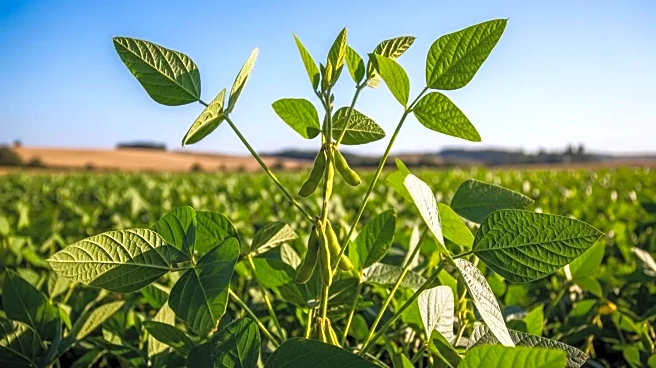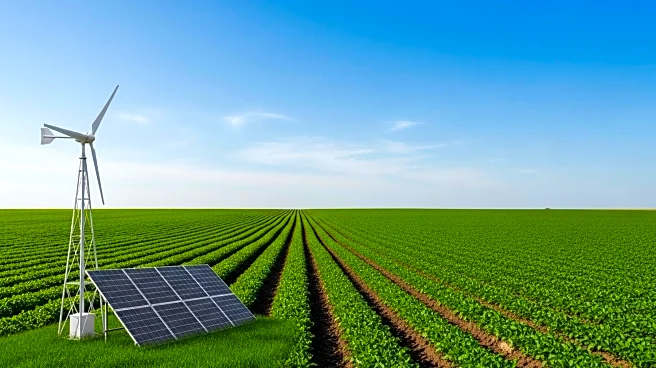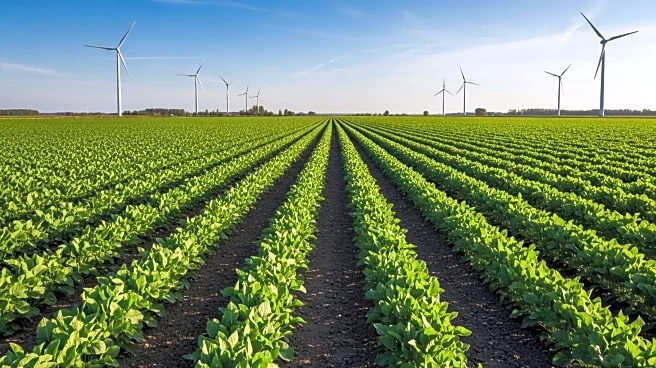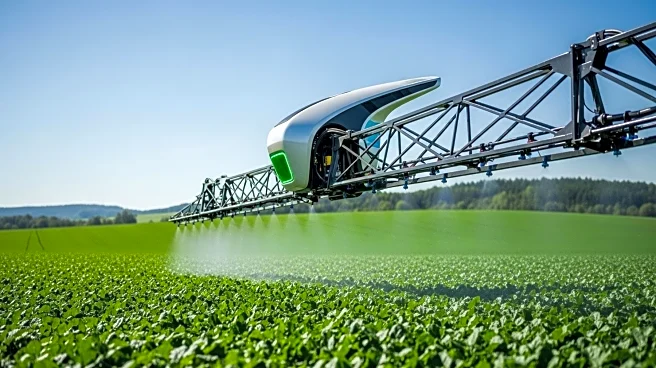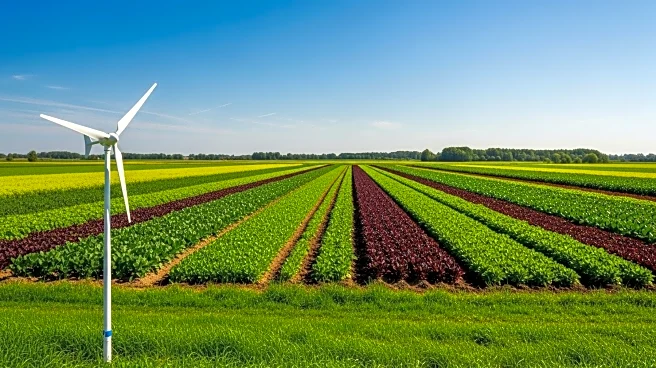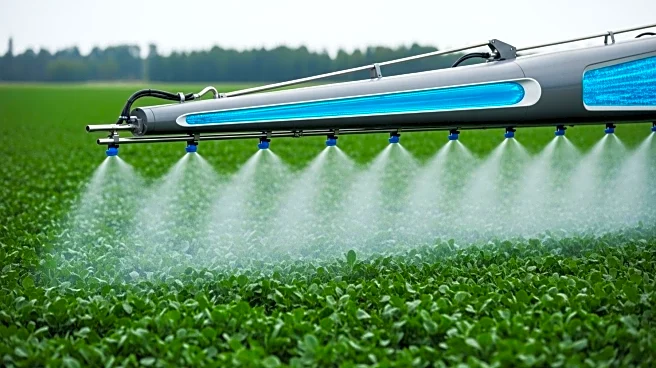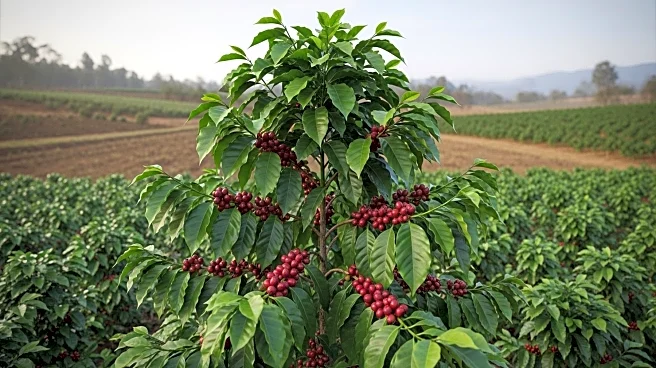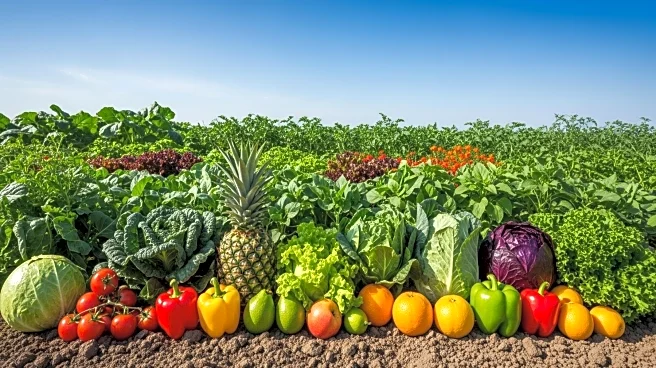What's Happening?
The United States regenerative agriculture market is set for substantial growth, driven by increasing global momentum towards sustainable farming practices. According to a report by DataM Intelligence, the market size was valued at USD 12,634.54 million in 2024 and is projected to reach USD 48,139.24 million by 2032, growing at a compound annual growth rate (CAGR) of 18.20% from 2025 to 2032. This growth is fueled by heightened environmental awareness and the demand for sustainable food production. The market includes practices aimed at restoring soil health, enhancing biodiversity, and promoting sustainable farming, such as carbon sequestration, reduced chemical usage, and ecosystem resilience. Key players in the market include General Mills Inc., Cargill, Inc., and Danone S.A. Recent developments in the U.S. include federal incentives for bioethanol producers to adopt regenerative practices and Bayer's release of carbon credits sourced from certified regenerative agriculture initiatives.
Why It's Important?
The expansion of the regenerative agriculture market in the U.S. is significant as it aligns with global efforts to combat climate change and promote sustainable food systems. By enhancing soil health and biodiversity, regenerative agriculture can improve crop yields and resilience against climate impacts, benefiting farmers and the agricultural sector. The market's growth also presents opportunities for companies involved in sustainable farming technologies and practices, potentially leading to increased investments and innovations in the sector. Additionally, the adoption of regenerative practices can contribute to carbon reduction goals, supporting broader environmental and policy objectives.
What's Next?
As the market continues to grow, further investments in soil health improvement programs and carbon sequestration initiatives are expected. The U.S. government may introduce additional incentives to encourage the adoption of regenerative practices, while companies in the sector could expand their offerings to meet the rising demand. Stakeholders, including policymakers, agribusinesses, and environmental groups, are likely to collaborate to advance sustainable agriculture practices. Monitoring the impact of these developments on carbon markets and farm adoption rates will be crucial in assessing the long-term success of regenerative agriculture initiatives.

